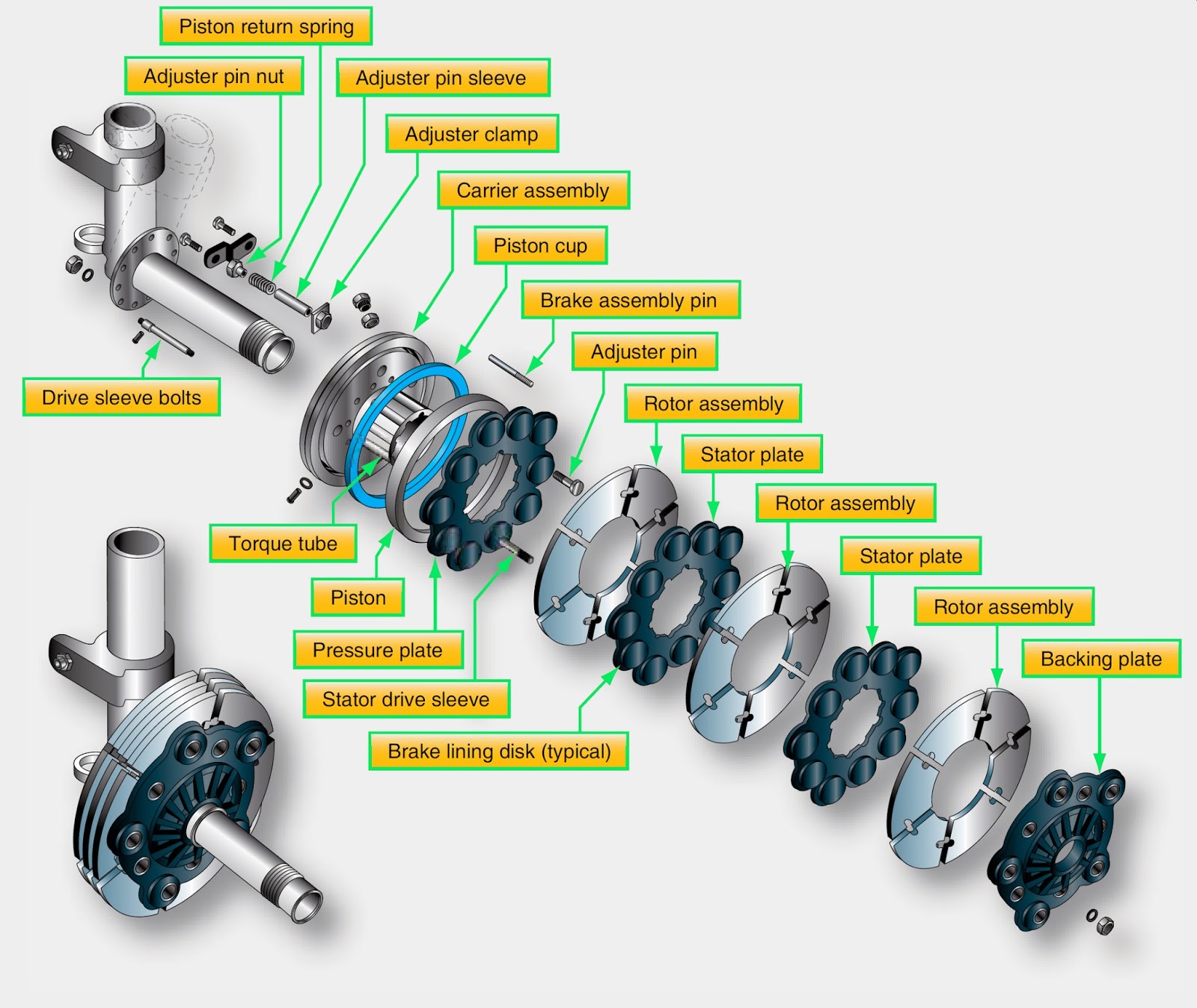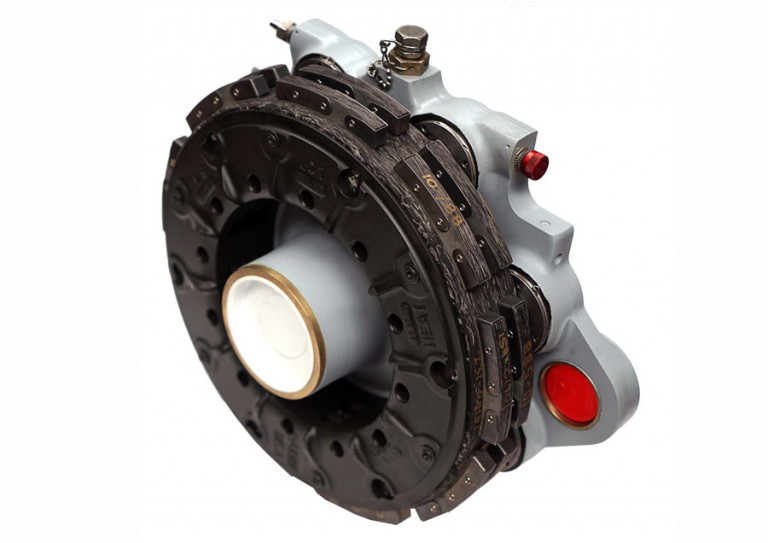- Login or Register
No account yet? Sign up
Gyroscopic forces help stabilize a bicycle or motorcycle but it is not the primary principle. Neither is steering geometry. The rider simply puts the vehicle under himself whenever it wants to tilt to one side or another.roon wrote: ↑11 Aug 2018, 20:14I remember reading about that as well. Would this not reduce the bike's tendency to upright itself?Tommy Cookers wrote: ↑10 Aug 2018, 13:58there was a race motorcycle that had its front brake discs gear-driven (at higher than wheel speed iirc)
but this gearing was the reverse of the wheel rotation
so the disc rotation largely cancelled the gyroscopic effects due to the wheel rotation
at one time some cars had a transmission brake
Not legal, but think such a system would be possible if you copy the aircraft brake design. In aircraft the axle is stationary so you would have to do some engineering to make the thing work around the drive shaft for the rear wheels.manchild wrote: ↑10 Aug 2018, 10:59An old idea of mine which I've never presented. I was thinking of a lock that would connect disc instantly when pedal is touched and unlock it when foot is raised so that disc spin freely without actually adding the weight to the wheel during acceleration, and have much less intertia before braking. It would improve both the braking effectiveness and acceleration.
When driver touches the pedal, the disc would actually begin the braking process due to its weight that needs to be accelerated, even before the pads engage, and slightly cool themselves just before the heating up under braking.
I reckon that it could also be used when driver needs to additionally cool discs on the straight, with just touching the peddal.
It would also enable the disc to maintain its speed during slowdowns without braking, thus maintain its cooling.
And possibly, if accordingly designed, the air pressure from the brake inlet could do the spinning of the disc and level up in a way, likely reducing the drag.
4 discs x approximately 1kg = 4kg less to accelerate, with ditched inertia under braking.


I think you have to separate the requirements for road vehicles with F1 cars. For an F1 car it is less of an issue that you have to take half the drivetrain apart to change a disk than it is for a jaguar road car. Complex may be OK if it serves a purpose ( weight reduction, unsprung weight, COG, aero etc). Also automotive generally is a penny business: the art is to make an unique ride as possible with as stock parts as possible. This of course does not apply to F1.Jolle wrote: ↑13 Aug 2018, 13:20basically.... the love child of a clutch and brake...
In the old days, at the rear, they had the brakes against the differential casing and with the smart differentials you could even put a brake kind of thing on the flywheel or clutch. But this all makes a very simple thing very complicated and thats why every car has it's brakes in the wheels, where there is as less possibilities of failure possible.
Even on motorbikes they tried different solutions, from one big disk at the rim (Buell had this) and small ones at the sprocket at the engine. Simple seems best.
Well, Ferrari still used them in the early 80ies at leastEdax wrote: ↑14 Aug 2018, 00:26I think you have to separate the requirements for road vehicles with F1 cars. For an F1 car it is less of an issue that you have to take half the drivetrain apart to change a disk than it is for a jaguar road car. Complex may be OK if it serves a purpose ( weight reduction, unsprung weight, COG, aero etc). Also automotive generally is a penny business: the art is to make an unique ride as possible with as stock parts as possible. This of course does not apply to F1.Jolle wrote: ↑13 Aug 2018, 13:20basically.... the love child of a clutch and brake...
In the old days, at the rear, they had the brakes against the differential casing and with the smart differentials you could even put a brake kind of thing on the flywheel or clutch. But this all makes a very simple thing very complicated and thats why every car has it's brakes in the wheels, where there is as less possibilities of failure possible.
Even on motorbikes they tried different solutions, from one big disk at the rim (Buell had this) and small ones at the sprocket at the engine. Simple seems best.
On the safety issue you may be right. Jochem Rindt was killed when the shaft on an inboard brake system of his Lotus 72 broke. I am not sure whether they banned it immediately after but I can imagine that accidents like these are on the minds of the regulators when they draw up these regulations.